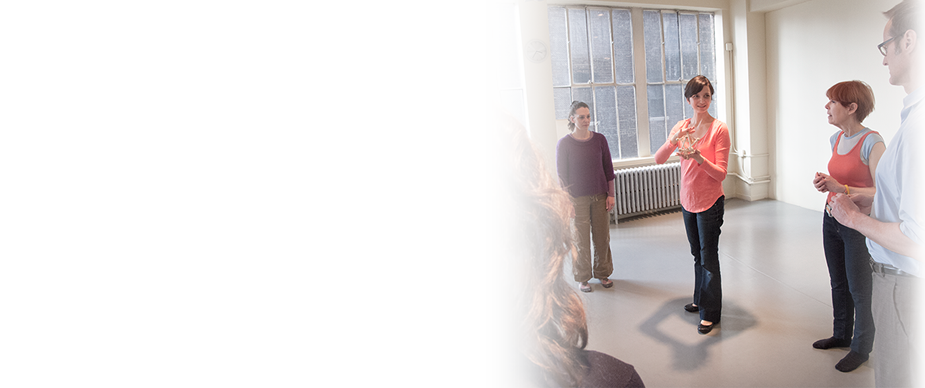For Better Posture At The Computer, Have Eyes In the Back of Your Head
/Did you ever wonder if your parents or your elementary school teachers had eyes in the backs of their heads?
Either you grew up in a universe desiged by Roald Dahl or the adults around you were demonstrating their abilities to exend their fields of awareness beyond the main things they were focusing on (like the chalkboard or a sink full of dishes).
If you're manuvering through a crowd or playing a team sport, your awareness of the space around you will naturally be heightened compared to when you're working on the computer or texting on your phone.
This would seem like a natural difference, right? At the computer and on the phone, everything you need to pay attention to is right in front of you. There aren't any people trying to pass you. There's no ball coming from behind your or above you. You're giving attention to what's demanding attention and it's all directly in front of you.
So what's the problem?
Your posture is a result of where your attention is going. If your attention is intently placed directly in front of you for hours on end, you'll probably end up pulling yourself toward that screen and tensing/slouching even with the most ergonomically sound workspace set-up.
So what to do?
Try an exercise that I've been doing during my online group classes...Pretend you're looking behind you.
Grow some eyes in the back of your head. Or in the absence of that, try one of these two things.
1) Picture what's behind you. Actually think about the window, furniture, stuff, people behind you in the room you're in. Picture where it is in the space behind you. Also tune in to your peripheral vision.
2) Listen to sounds around you - Tune into the sounds of traffic, wind, kids, pets, the dishwasher. Not all of your attention. Just some of it.
Opening up to the space and stimuli around us helps to keep us from getting sucked into the screen. Just tune into it. Not so much that you're distracted. Put 5% of your attention on picturing the couch or bookcase behind you and listening to the traffic.


